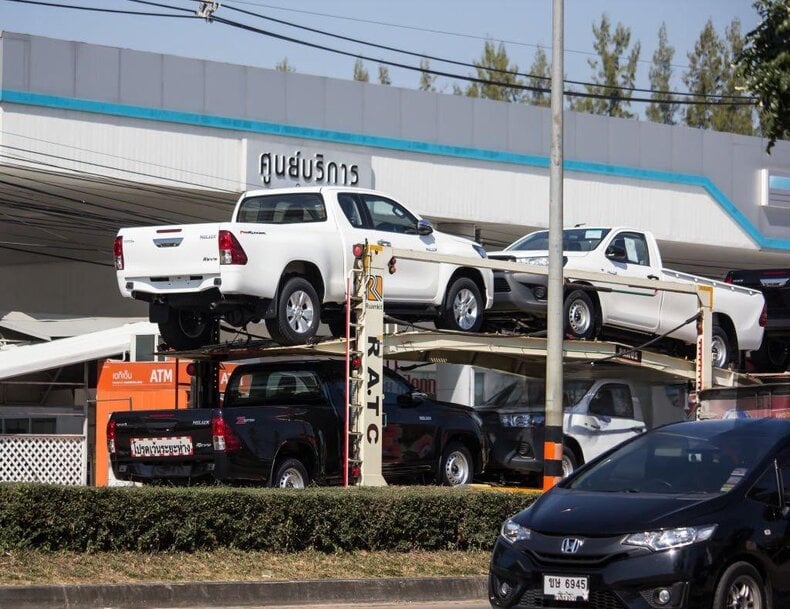Cambodia’s Automotive Market : Shifts and Opportunities Amid Regional Tensions
Cambodia’s automotive sector continues to perform strongly in 2025, but the recent border conflict with Thailand has reshaped consumer sentiment and disrupted key supply chains.
www.auto-innovations.net

Following heightened tensions and temporary border closures, many Cambodian consumers have shown a preference for brands without operational or ownership links to Thailand. This change in perception has been noticeable across dealerships nationwide, with a shift in focus toward non-Thai-affiliated manufacturers.
Among those affected is RMA Cambodia, the authorized distributor of Ford. While RMA is a global organization, its headquarters are located in Thong Lor, Bangkok, as stated on its official website. This connection prompted some hesitation from buyers during the border dispute. In response, RMA Cambodia’s CEO publicly reaffirmed the company’s international identity, emphasizing that RMA operates as part of a worldwide network rather than a Thai-based enterprise. Though this reassurance helped calm concerns, the company still faced moderate impact from changing consumer perceptions.
Toyota, another leading brand with assembly operations in Thailand, encountered supply-side challenges rather than reputational ones. The temporary closure of border crossings slowed logistics and vehicle imports, exposing vulnerabilities in the flow of spare parts and components from Thailand to Cambodia. Industry observers suggest that this disruption could have long-term implications if logistics routes are not diversified to reduce dependency on cross-border traffic.
At the same time, brands with no production or distribution links to Thailand have sustained steady growth throughout the year. The Cambodian market overall has remained dynamic: according to the Khmer Times, new car sales increased by 48% in Q1 2025 compared to the same period a year earlier.

BYD has been among the standout performers, achieving rapid growth in the electric and hybrid vehicle segment since early 2025. According to Cambodia’s Ministry of Public Works and Transport, the country recorded 2,253 EV registrations in 2024, up 620% from 2023; (English.news.cn).
BYD alone accounted for nearly 30% of these registrations, with 658 units; (Jingsun Car). Its industrial footprint is also expanding: in April 2025, BYD broke ground on a new factory in Sihanoukville with an announced capacity of 10,000 vehicles per year; (Reuters).
MG has also continued its upward trajectory, strengthening its position in the SUV category and investing heavily in aftersales services. According to Cambodia Investment Review, the brand achieved 50% sales growth in 2025. These efforts have built consumer trust in a market often challenged by the prevalence of damaged or substandard parallel import vehicles.
The electric vehicle market has also become increasingly crowded with the entrance of numerous new Chinese automakers. These brands have intensified competition, offering a wider range of models at accessible price points. However, the surge in parallel import—many of which involve vehicles produced for lower-standard domestic markets rather than export-grade specifications—has raised concerns about quality and safety. This trend is expected to subside as the Chinese government tightens controls on grey exports. Once fully implemented, these restrictions could significantly reshape Cambodia’s market by improving vehicle quality standards and reducing the influx of cars without overseas homologation certification or warranties, which typically enter through informal border channels.
Despite recent challenges, the Cambodian automotive industry remains on a solid growth path. According to ReportLinker, total registrations could reach around 5,300 units by 2028, compared to approximately 4,900 in 2023. The market’s diversification, combined with increasing competition in the EV and hybrid segments, is creating new opportunities for both consumers and manufacturers. As regional tensions ease and regulatory measures take effect, the sector is expected to continue evolving toward greater quality, transparency, and consumer confidence.


